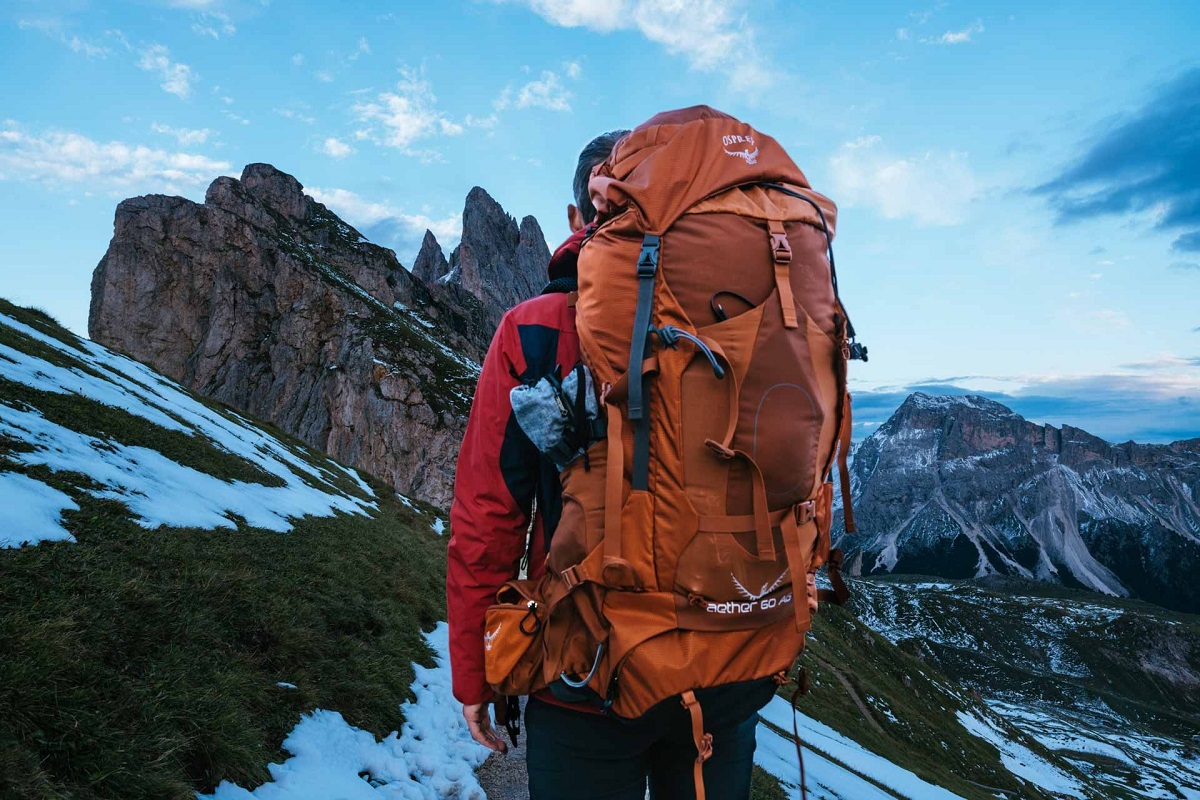Introduction
When venturing into the great outdoors, one essential item you should never overlook is the backpacking sleeping bag. A good sleeping bag is crucial for ensuring you stay warm and comfortable during your outdoor adventures, regardless of weather conditions. After all, a great day of hiking or trekking can quickly turn sour if you find yourself shivering through the night, so having the right sleeping gear is essential.
Notably, the ideal sleeping bag can enhance your nights under the stars and improve your overall camping experience. It’s not merely a matter of comfort; the right bag can also impact your sleep quality, energy levels for hiking, and your overall enjoyment of the great outdoors.
With countless options available on the market, choosing the best backpacking sleeping bag may feel overwhelming. However, this guide aims to simplify the process by providing you with invaluable insights into what to look for in a backpacking sleeping bag. We’ll explore the types, features, and factors to consider when selecting the right sleeping bag, as well as highlight some top-rated options to help you make an informed decision.
The Types of Backpacking Sleeping Bags
When selecting a backpacking sleeping bag, understanding the various types available is essential. Each type serves different needs, so here’s a breakdown:
1. Mummy Bags
Mummy sleeping bags are designed to fit snugly around your body. This design minimizes air pockets and maximizes heat retention, making them ideal for cold weather camping. Additionally, they are lightweight and compress well, making them easy to pack. However, if you prefer more room to move, a mummy bag may feel restrictive.
Furthermore, these bags often come with hoods designed to keep your head warm. Many models also include draft collars to brace against chilly air sneaking in through the opening. Thus, if you’re planning a trip to a colder climate, a mummy bag is likely your best bet.
2. Rectangular Bags
Rectangular sleeping bags resemble traditional blankets. They offer plenty of room to move around and are often more comfortable in moderate temperatures. While these bags may cater to slightly warmer weather or those who prefer extra space, they don’t retain heat as efficiently as mummy bags. Consequently, they may not be suitable for colder climates.
Additionally, many rectangular bags can be zipped together with another similar bag, effectively creating a double sleeping bag for couples or family camping trips. This versatility can make them a popular choice among casual campers.
3. Semi-Rectangular Bags
This type combines features from both mummy and rectangular designs. Semi-rectangular bags offer extra width compared to mummy bags while still providing some heat retention, making them a great option for those looking for a balance. They can be a good compromise if you’re concerned about space but want to stay relatively warm.
4. Convertible Bags
For those who want versatility, convertible sleeping bags can adapt for various uses. They can often be zipped together to create a double sleeping bag or be used separately as blankets. This flexibility makes them an appealing choice for families or couples who like to vary how they sleep.
Moreover, convertible bags are useful for those who anticipate fluctuating temperatures or plan to use them in multiple scenarios, such as car camping versus backpacking.
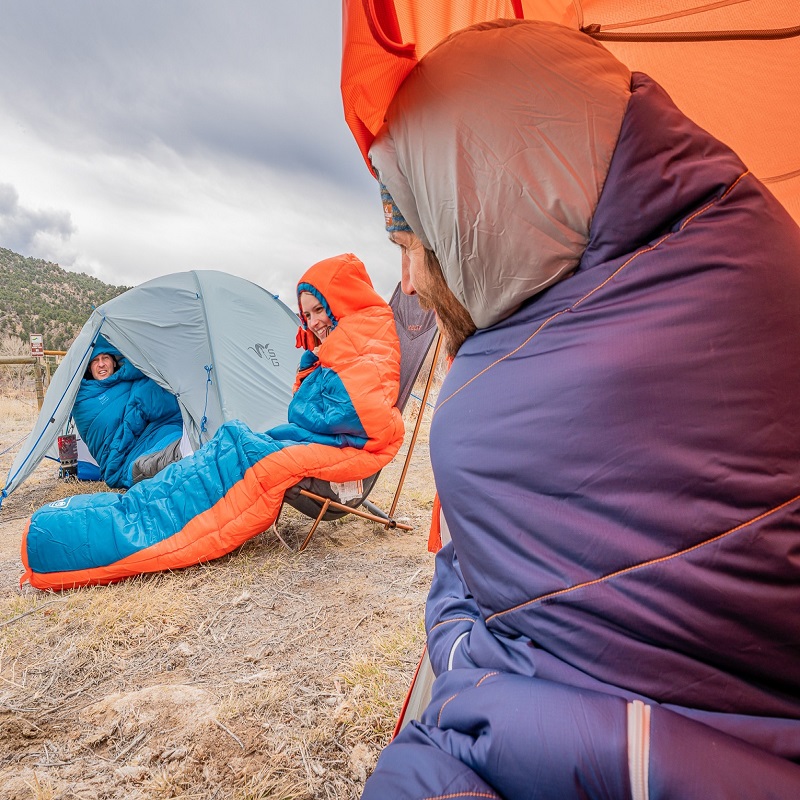
Key Features to Consider
As you sift through options, there are several important features to keep in mind that can dramatically influence your comfort and satisfaction:
1. Temperature Ratings
One of the most crucial features to assess is the temperature rating of the sleeping bag. Most sleeping bags are rated to give you an idea of the lowest temperature they can adequately protect you against. Understanding your needs is vital as this rating can vary widely.
When assessing temperature ratings, consider not only the climate where you’ll be camping but also your own comfort level. A general rule of thumb is to choose a bag rated at least ten degrees lower than the coldest temperature you expect to encounter. Some bags advertised for “three-season” use can cover temperatures as low as 20 degrees Fahrenheit, which can be ideal for spring, summer, and fall trips.
2. Insulation Material
Most sleeping bags utilize either down or synthetic insulation, and each type has its pros and cons:
- Down Insulation: This type tends to be warmer for its weight and compresses well for storage, making it easier to pack. Duck or goose down is often highly sought after for its loftiness, meaning it traps more air and thus more warmth. However, down insulation can lose its insulating properties when wet, so it may not be ideal for damp conditions unless coated with water-resistant treatments.
- Synthetic Insulation: This insulation is typically more affordable and offers warmth even when wet, making it more suitable for wetter camping conditions. It’s also hypoallergenic, which can be an important consideration for sensitive campers. However, synthetic materials can be bulkier and slightly heavier compared to down options.
3. Weight and Packability
Since backpacking often involves carrying your gear over long distances, the weight and packability of your sleeping bag are vital. Look for lightweight options that compress well without sacrificing comfort. Many sleeping bags come with stuff sacks for storage that allow you to pack them conveniently.
Additionally, check the packed dimensions of the bags listed by manufacturers to ensure they will fit comfortably in your backpack alongside other gear. A heavy or bulky sleeping bag can quickly become a burden, impacting your overall hiking experience.
4. Zipper Quality
A malfunctioning zipper can ruin a good night’s sleep during your outdoor adventures. When selecting a sleeping bag, check the zipper’s quality and whether it includes features such as draft tubes to prevent cold air from entering. High-quality, snag-free zippers enhance convenience and reliability. Look for bags that offer dual zippers that permit ventilation control or easy entry and exit.
5. Shell Material
The exterior material of the sleeping bag also plays a crucial role in performance. Look for durable fabric that is both water-resistant and breathable, as this can help keep you dry while allowing moisture to escape. Some brands offer additional water-repellent treatments that further enhance the bag’s resistance to moisture.
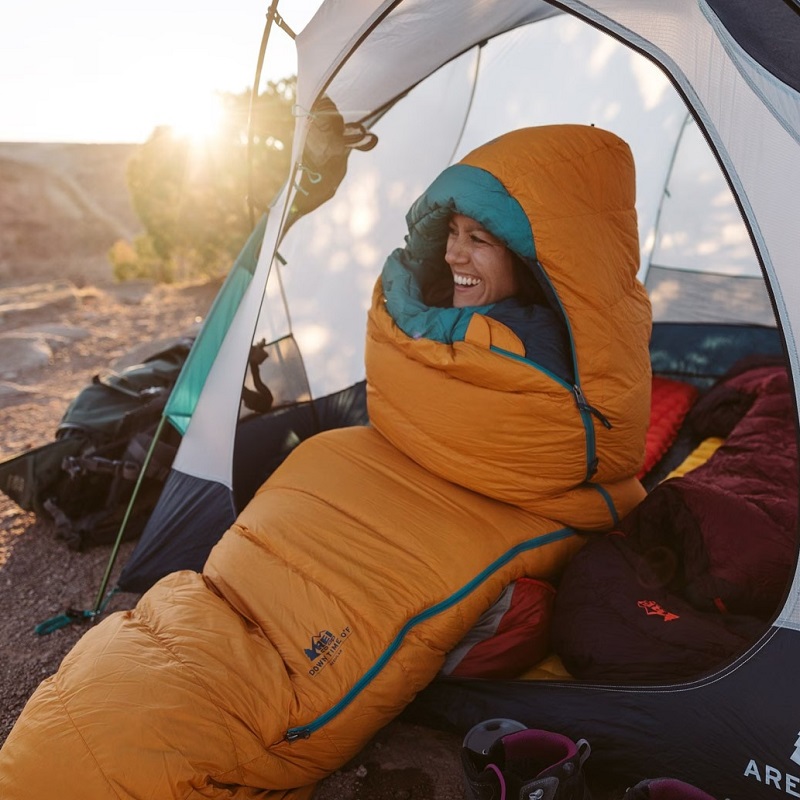
How to Choose the Right Backpacking Sleeping Bag
Choosing the best backpacking sleeping bag requires a systematic approach. Here are essential steps to guide you:
1. Evaluate Your Needs
Begin by evaluating your specific needs based on the type of backpacking trips you plan to undertake. Consider the duration, weather conditions, and terrain. If you frequently hike under different conditions, investing in multiple bags to accommodate those needs might be worthwhile.
2. Test for Comfort
Whenever possible, test out the sleeping bag before you commit to a purchase. Lying down in the bag and zipping it up can help you gauge its comfort level. Pay attention to how it feels around your shoulders, hips, and feet, as well as how easy it is to get in and out. Many outdoor retailers allow potential buyers to test sleeping bags in their stores, so take advantage of such opportunities.
3. Research and Reviews
Do your homework by looking at reviews and ratings from other users. Websites dedicated to outdoor gear, forums, and retailer sites often contain valuable feedback from first-hand users. Focus on products that have a substantial number of positive reviews, and does not shy away from checking any criticism, as this can provide a well-rounded perspective.
4. Set a Budget
Establishing a budget is crucial. Backpacking sleeping bags come in a wide range of price points. While it might be tempting to opt for cheaper models, investing in a quality sleeping bag can save you money in the long run by preventing discomfort, poor sleep, and potential gear replacements. Take your time to explore different brands and models that fit your budget while prioritizing quality.
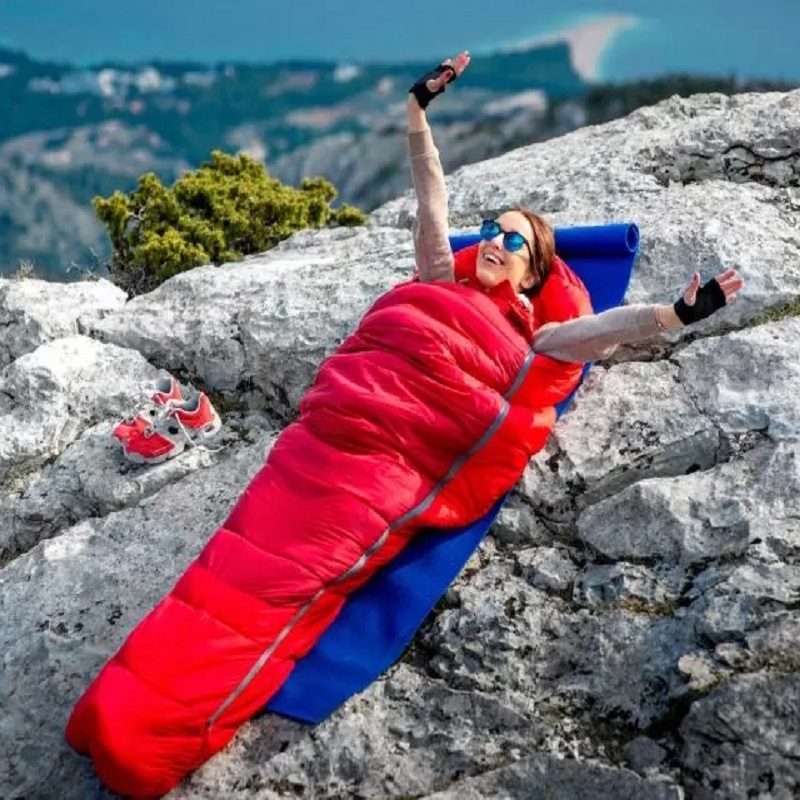
Popular Backpacking Sleeping Bags
To make your decision easier, here are some popular models of backpacking sleeping bags to consider, along with their features:
1. REI Co-op Magma 15 Sleeping Bag
The REI Co-op Magma 15 is a high-performance mummy sleeping bag perfect for those who want lightweight insulation. It features down insulation that provides excellent warmth while remaining compressible. Additionally, its water-repellent fabric keeps moisture at bay, making it ideal for various outdoor conditions. With a temperature rating of 15°F, this sleeping bag is a reliable choice for chilly nights.
2. Kelty Cosmic 20 Sleeping Bag
The Kelty Cosmic 20 is well-known for its affordability and functionality, featuring reliable synthetic insulation that performs well in various climates. Its spacious interior makes it ideal for beginner campers who prefer a roomier design. Additionally, it offers a temperature rating of 20°F, making it suitable for three-season camping.
3. Big Agnes Anvil Horn 15 Sleeping Bag
With a unique design that allows you to sleep on a sleeping pad without sacrificing warmth, the Big Agnes Anvil Horn 15 is well-suited for campers in colder conditions. This sleeping bag features a 650-fill-power down insulation is designed for warmer nights yet provides sufficient coverage to handle cooler temperatures.
4. Nemo Disco 15 Sleeping Bag
The Nemo Disco 15 has gained popularity among side sleepers due to its innovative spoon shape. This design allows for more room at the knees and elbows, enhancing overall comfort. The Thermo Gills allow users to regulate temperature, making it a versatile option for varying outings. Its temperature rating of 15°F ensures it can handle the cold.
5. Marmot Hydrogen 30 Sleeping Bag
For ultralight enthusiasts, the Marmot Hydrogen 30 is a fantastic option. It boasts high-quality down insulation that offers warmth without the weight, and it packs down to a small size. The Hydrogen’s water-resistant feature also gives it an edge in unpredictable weather conditions.
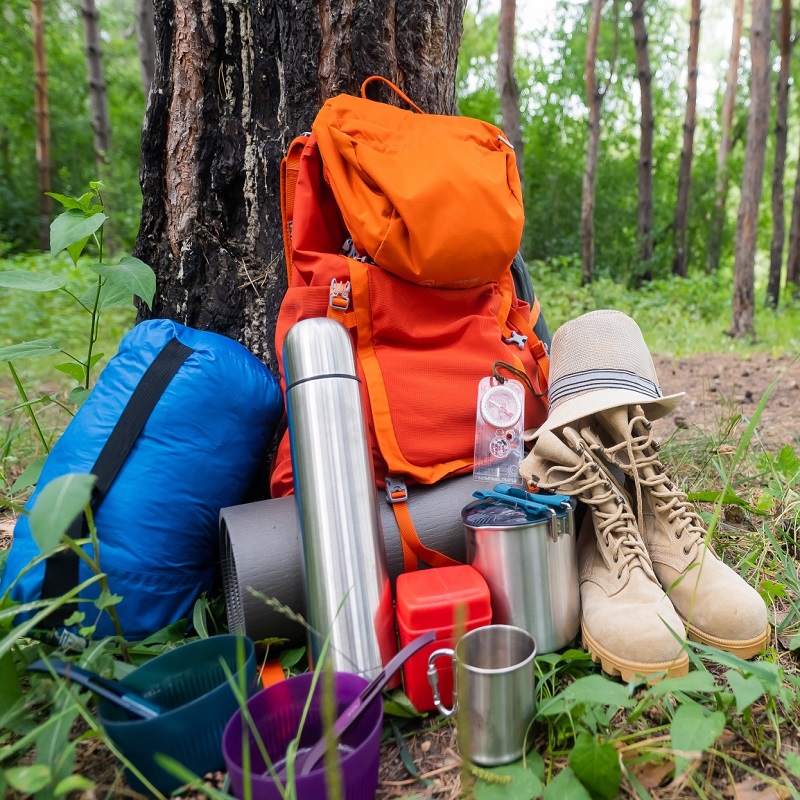
Tips for Caring for Sleeping Bag
Proper care and maintenance of your sleeping bag can prolong its life and effectiveness. Consider the following tips:
1. Storage
Store your sleeping bag in a loose, breathable storage bag when not in use. Avoid keeping it compressed for long periods, as this can damage insulation loft. A large cotton or mesh bag is ideal for maintaining the integrity of your sleeping bag.
2. Regular Cleaning
Cleaning your sleeping bag periodically is essential to remove dirt and oils. Follow the manufacturer’s instructions, but many sleeping bags can be washed in a front-loading machine on a gentle cycle. Air-drying is recommended to ensure no residual moisture is trapped, and it helps preserve the insulation’s effectiveness.
3. Inspect for Damage
After each trip, take a moment to inspect your bag for wear and tear. Repair any minor issues, such as small tears or stuck zippers, before they escalate into more significant problems. Having a simple repair kit on hand can save you from potential dilemmas in the field.
4. Utilize a Liner
Using a sleeping bag liner can enhance comfort and ease cleaning. Liners can absorb oils and sweat, reducing the need for frequent washing of your sleeping bag while providing an extra layer of warmth. Plus, they can be quickly laundered after each trip.
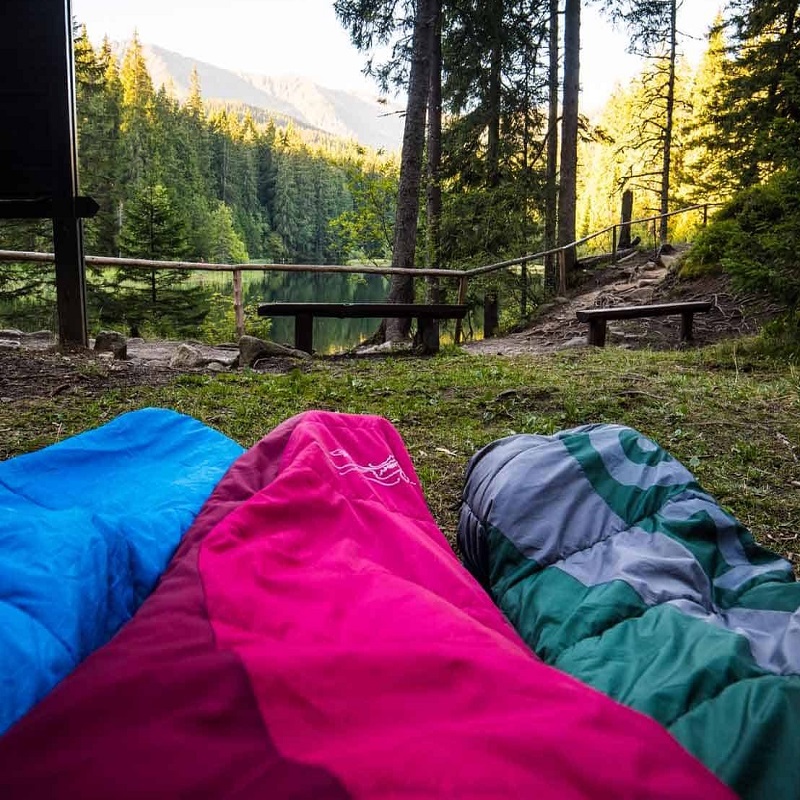
Conclusion
In conclusion, choosing the best backpacking sleeping bag for your adventures is an essential step toward making your outdoor experiences enjoyable and comfortable. By understanding the different types and features, you can select a sleeping bag that meets your specific needs and climate conditions.
Regular maintenance and care further ensure that your investment lasts for many adventures to come. As you gear up for your next expedition, remember that the right sleeping bag can significantly impact your rest and overall experience. By following the guidance provided in this article, you’re well on your way to making an informed choice.
So, prepare wisely, choose well, and enjoy many restful nights under the stars on your next backpacking adventure!
